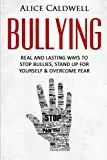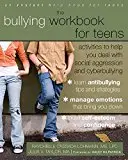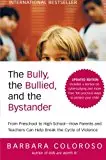Talking to kids about bullying can be tough….check out these tips about how to talk to your child about bullying– whether they’re the bully or the one being bullied.
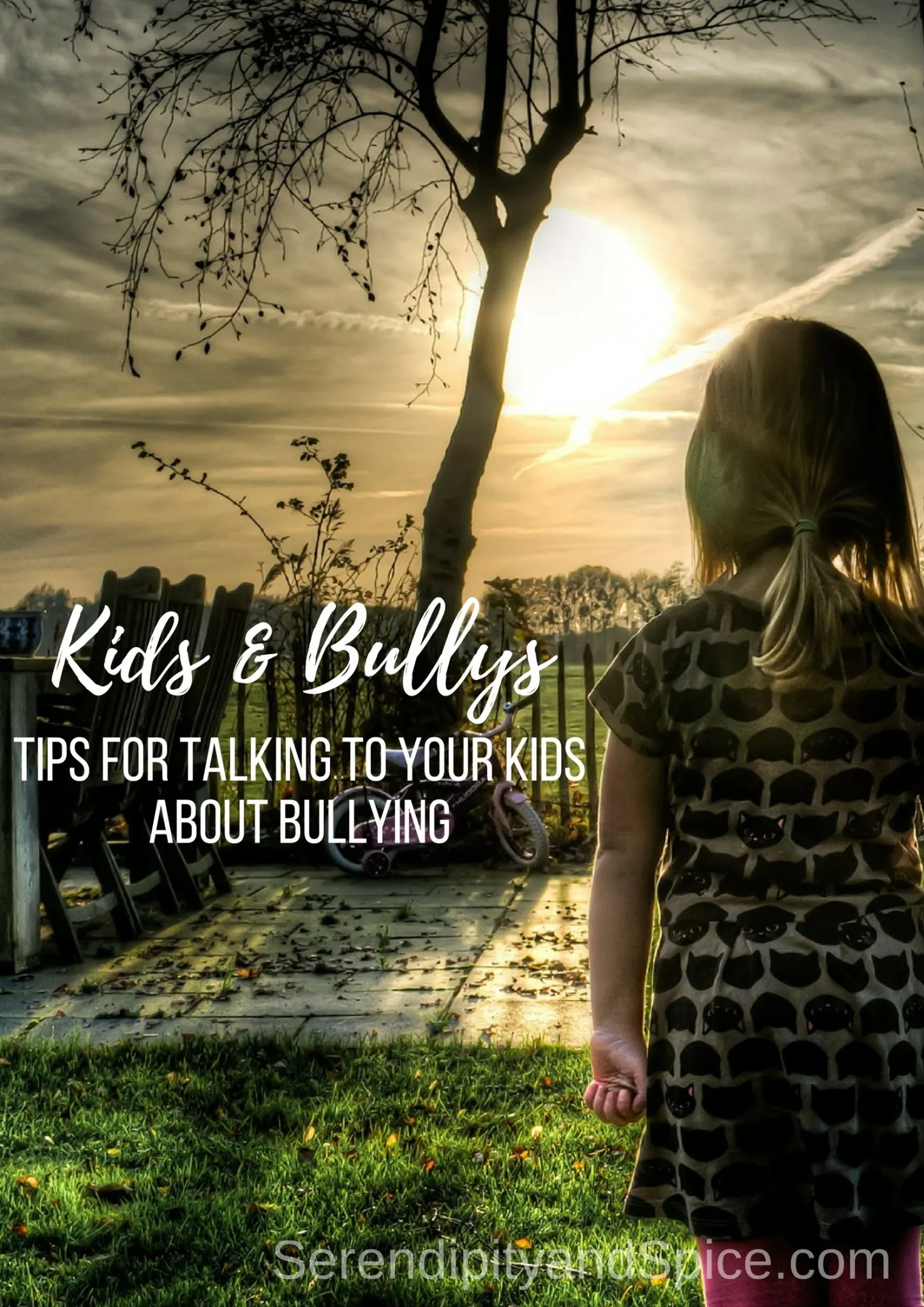
Kids & Bullys: Tips for Talking to Your Kids About Bullying
How to Talk To Your Child About Bullying
Bullying continues to be an issue in our schools and is a great concern for parents and educators. In fact, according to a 2015 report from the National Center for Education Statistics, 21.5 percent of kids report being bullied at school.
Bullying can be harmful in many ways and talking to your child about bullying is an important step in helping reduce the incidences of bullying among our kids. Here are some ways to get started.
Talk About What Bullying Is
We all hear the term “bullying,” but do kids truly know what that means? According to StopBullying.gov, there are four types of bullying: Verbal, Social, Physical and Cyber bullying.
Verbal bullying is communicating mean things either in writing or by saying them. It includes taunting, name-calling, sexual comments or threats.
Social bullying (also called relational bullying) is about hurting someone’s friendships or other relationships or damaging someone’s reputation. This might include leaving a child out of a group on purpose, telling others not to be friends with a certain child, spreading rumors or purposefully embarrassing someone in public.
Physical bullying involves hurting a person or his property. This includes the obvious like pushing, hitting or kicking, spitting, or pinching. But it also includes damaging someone’s belongings and even making rude hand gestures.
Cyber bullying is bullying that takes place via technology (phones, computers, and tablets) or social media sites, text messages or chat. Cyber bullying might include mean texts or emails or rumors posted online. It may also include publicly sharing embarrassing photos or videos of another student. Many kids who are cyber bullied are also bullied offline.

Discuss all types of bullying with your child and talk about what to do if she is the victim of these activities or sees someone behaving this way towards another child. Just as important, reinforce to your child that these behaviors are never okay for her to engage in. Kids can sometimes get swept up in a group mentality and not realize what they are doing is bullying. Remind your child that even one time is not okay.

Encourage Kids to Talk To Adults
According to the Youth Voice Project, the strategy that seems to make the biggest difference for children being bullied is telling an adult at home or at school about what’s going on. Of course, how the adult reacts is important. Students in this project said listening and following up with the bullied student were two ways adults were able to make things better for the bullied child.
Encourage Online Safety
The more personal and potentially embarrassing information your child shares electronically, the more vulnerable she is to cyber bullying. Talk with your child about appropriate photos and sentiments to share electronically. And, to prevent someone having access to her account, remind your child never to share passwords with others, even close friends.
Be Available To Listen
Be a good sounding board for your child to discuss bullying, whether she’s involved in it or not. Sometimes kids might be embarrassed to bring up bullying to their parents. Your reaction will dictate how much your child will tell you. According to the National Bullying Prevention Center, keep from reacting strongly to what your child is sharing and talk with her about what she’d like to see happen next. “Remember, when children tell a parent about bullying, they are looking for the parent to guide them to a solution that makes them feel empowered. Involve them in the process of determining next steps,” advises the Center.
Know What Not To Say
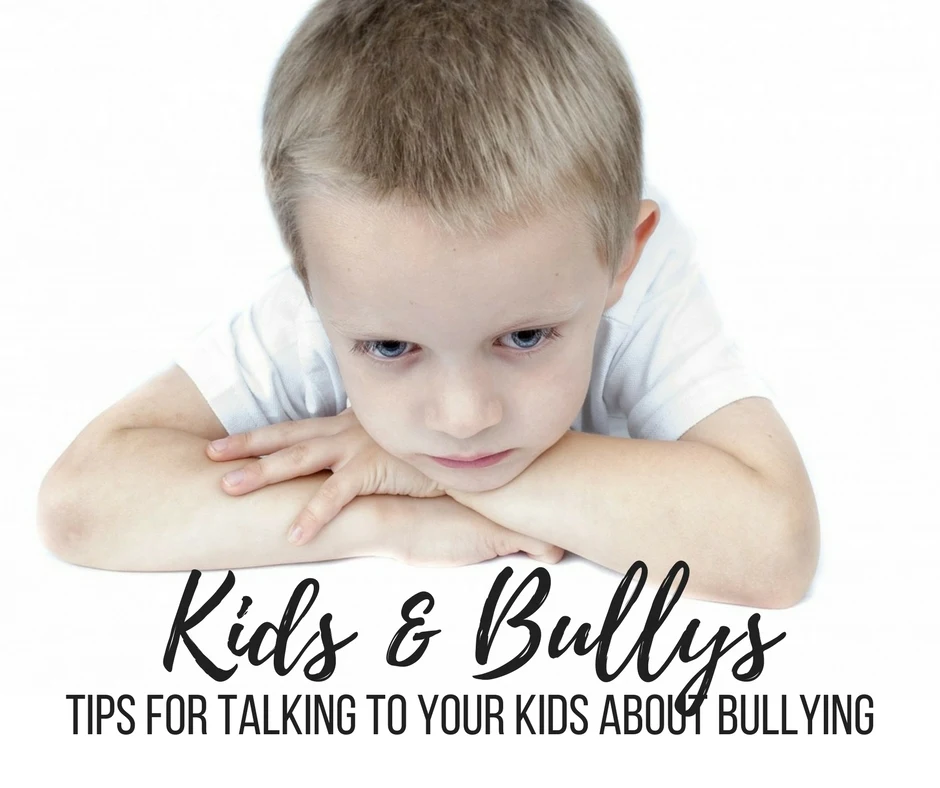
Also according to the National Bullying Prevention Center, well-intentioned parents or other adults can dole out some not-so-helpful advice like: ignore the bullies (sometimes this incites more bullying), stand up/fight back (again, this can cause more issues or make your child feel more alone) or even “taking matters into your own hands” by confronting the bully or her parents yourself which can lead to trouble in itself. You’re better off working with the school to find a solution.
Be Aware
Pay attention to your child’s behavior. Is she behaving differently? Not seeing certain friends? Sleeping more? If something seems off, don’t hesitate to address it. Pay attention to your child’s friends. How do they speak to one another and about others? Keep an eye open to detect differences in your child or among her group of friends and let her know if you’ve noticed changes. This can help open up a conversation if she’s not sure where to begin.
Model Good Behavior
Even adults can fall into the trap of exhibiting bully-like behavior. During conflicts, think before you speak, especially in front of your child. Refrain from criticizing or saying mean things about others around your child. Kids hear everything and that’s not a behavior you want your child emulating! Instead, make a habit of pointing out positives about others and using kind words.
Bullying can be heartbreaking and frustrating for kids and parents alike. Understand what bullying is and talk to your child about it even before it becomes an issue. Open communication and support are two of the most helpful things you can provide to your child if she ever finds herself involved in a bullying situation.
Books about bullies:
Sources (links also in text):
National Center for Education Statistics
http://nces.ed.gov/pubs2015/2015056.pdf
StopBullying.gov
http://www.stopbullying.gov/what-is-bullying/definition/index.html
Youth Voice Project
http://njbullying.org/documents/YVPMarch2010.pdf
National Bullying Prevention Center http://www.pacer.org/publications/bullypdf/BP-2.pdf


